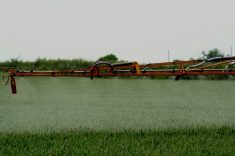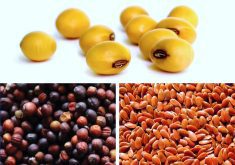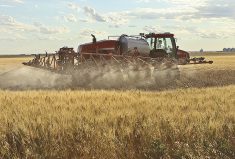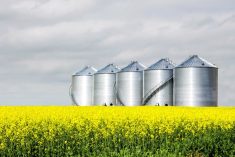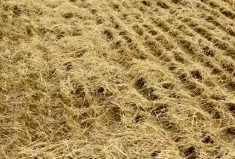Most Alberta growers are on top of their pesticide choices and crop storage, says an Alberta agronomist.
But even the most astute farmer can have blind spots and should be periodically checking the Keep It Clean website, said Keith Gabert, an Innisfail-based agronomy specialist with the Canola Council of Canada.
He points to malathion in canola as an example.
Read Also

Moo translator and methane measures: There’s an app for that
Dalhousie University researchers use artificial intelligence to create new dairy farm apps that analyze cattle sounds and measure methane.
“I would say every five years in recent memory we get a detect for malathion,” said Gabert. “So that keeps (the Keep It Clean) campaign front and centre for us.”
Although malathion contamination it rare, it can easily happen if farmers aren’t careful.
“It has a really strong affinity for oil or oilseeds,” he said. “It’s something that could get picked up by the canola when it’s put into a bin that’s been treated recently with the product.”
Although these incidents have never exceeded the maximum allowable residue limit for canola, the preferred amount of malathion is none.
“We prefer not to even detect it in the export product. It’s a matter of customer acceptance as an exporter,” he said.
And that is essentially what the Keep It Clean program and website is all about.
“Part of it could be viewed as publicity to our export customers” said Gabert. “They want to see that we have this kind of information from our growers and that it’s top of mind.”
Market access is becoming a bigger issue globally, said Ian Epp, also an agronomy specialist with the canola council.
“We see more scrutiny under those things,” he said.
Keep it Clean is a joint initiative of the canola council, Cereals Canada, Pulse Canada and the Prairie Oat Growers. The website has tools and tips to help farmers ensure their crops meet the ever-changing marketing standards of Canada’s international trade partners.
“It’s kind of a one-stop shop for growers to get information around market access issues,” Epp said. “Across commodities, we deal with a lot of similar issues, whether it’s similar active ingredients or similar markets of concern. So it’s a good way to give growers clean, uniform messaging on the things they should be thinking about as they plan for the growing season.”
There’s good buy-in for the program, but it’s easy to forget about these issues at harvest, he said.
“There are a lot of things to manage throughout the season to get the most bushels into the bin, and that’s often when we check out,” he said. “So we have to make sure that not only is it in the bin, but that it is ready to market. Our customers are demanding that of us.”
The consequences of a mistake could be severe, noted Manitoba farmer Gregg Fotheringham.
“We probably don’t see an increase in value at the farm gate, but that being said, what’s the cost of losing one of our export markets?”
International scrutiny on glyphosate is an ever-present issue facing grain companies, especially in the pre-harvest window, said Epp.
“If the timing and application are done correctly, it works really well agronomically, and we don’t have residue issues.”
Spring is a good time to run through those pre-harvest intervals, since producers are in the midst of setting up pesticide plans for the year, Epp added. And from Fotheringham’s perspective, there’s really no excuse.
“The website is extremely detailed,” he said. “It’s very easy to go through and very easy to understand why this program is out there and why it’s so important.”
Keep it Clean will host a webinar April 26 to coincide with the release of its latest product advisory.



